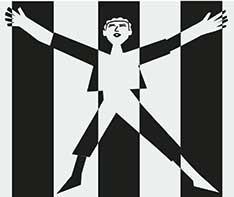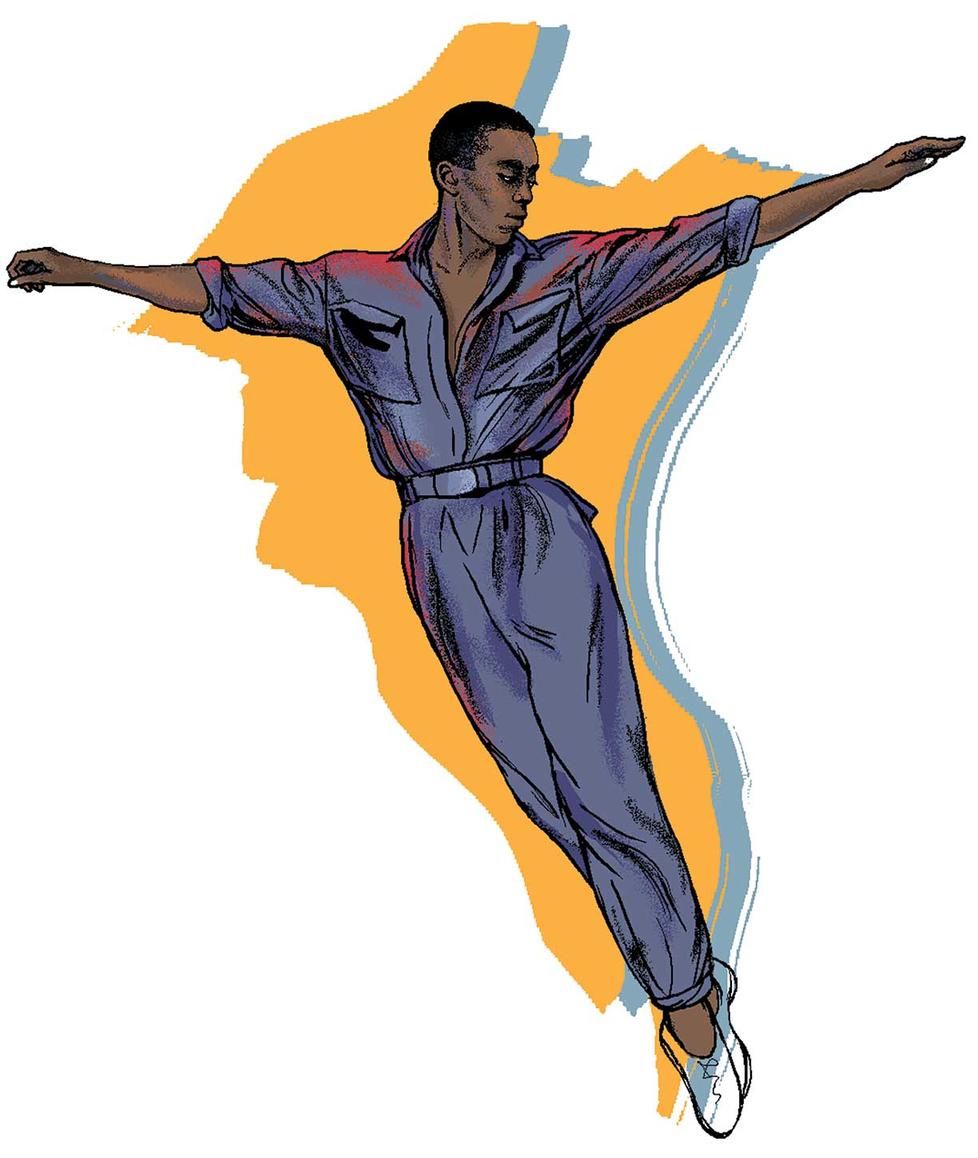Dancer Dean Moss Explores in Motion
‘I think I have a very romantic view of the world,’ Moss says of his work
As a kid growing up in Tacoma, Washington, in the 1960s, Dean Moss loved building radios and launching rockets in his backyard. He dreamed of one day working at NASA. He was on his way to fulfilling that dream — through an ROTC scholarship to the University of Puget Sound — when he happened upon a dance class he could use to round out his required college credits.
“I think that I loved motion. I loved exploration, I loved Ginger Rogers,” says Moss. He went on to dance with the Louis Falco Dance Company, David Gordon’s Pickup Performance Company, and other prestigious dance troupes before founding his own Brooklyn, New York–based company, Gametophyte Inc., and teaching at a handful of universities, including Princeton.
He now focuses his interdisciplinary works on the concepts of perception and selfhood. “I think I have a very romantic view of the world,” he says.
Moss’ Work: A Sampling

Drawing in the Audience
Starting in the mid 2000s, Moss became fascinated with the ways in which the audience shapes a performance. He created several pieces that played with this theme, including “figures on a field” (2005), a collaboration with visual artist Laylah Ali in which part of the audience is led on a “tour” of the dance by a docent and invited to snap photos with the dancers while they perform. A second piece, “johnbrown” (2014), based on the white abolitionist, recruited teenagers of color from each stop on its tour to serve as production assistants, making them “the lens through which the audience watched the work.”

Performance as Personal Practice
Shifting his focus inward, Moss began experimenting with the concept of dance “as personal practice” rather than in support of a company or group. Collaborating with composer Stephen Vitiello, he created the solo work “your marks and surface” (set to premiere in 2022 or 2023), which studies “self-perception shaped by several racial, and social movements over time. It asks: How can I stop using you to see me?” In the dance, Moss moves dynamically with a large, black-and-white striped theatrical curtain that “is used to emphasize presence and absence” as well as “distressed manipulation.” Ultimately, the audience perceives that the “body, over time, disappears.”

Subjective Space
Moss has been experimenting with video since the early 1990s. A recent project is “Untitled (perfect human),” based on the 1967 Danish short film The Perfect Human by Jørgen Leth, in which a man and a woman perform mundane tasks in an environment that is pure white, narrated, and set to music. “I wanted to look at the emptiness of white space and challenge that emptiness,” says Moss of his award-winning work, which sets the original film’s music and narration to a kaleidoscope of undulating body parts. “Space is filled with our subjectivity. It’s us and our subjectivity everywhere,” he adds. “Untitled (perfect human)” was an official selection of the 2021 Moving Body Festival, which connects artists and their communities through contemporary dance, performance, and film.
Watch videos of Moss’s work on this Vimeo site.












No responses yet